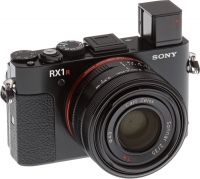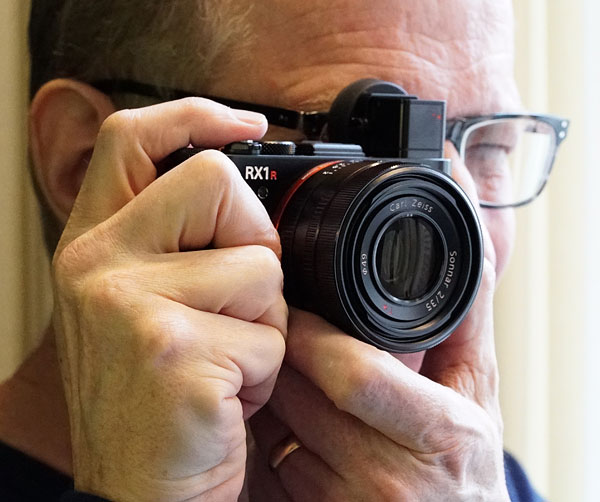Sony RX1R II Review: Taking Sony’s ultra-premium compact to a whole new level
posted Wednesday, March 16, 2016 at 2:00 PM EST

Before the Sony A7, there was the RX1 (and the anti-aliasing filter-less RX1R version), Sony's first foray into the combination of a full-frame sensor and a small, highly portable camera body. The RX1 and RX1R were stunning but expensive cameras, yet the images they produced were excellent. Now, with the updated Sony RX1R II, we see some big upgrades, performance improvements and new features that make one of Sony's best cameras even better.
Upon looking at the exterior, you might think not a lot has changed. This is true to an extent, as most of the magic is under the hood, but there are still some handy exterior changes -- namely the clever pop-up EVF and tilting screen -- that make the RX1R II even more enjoyable to operate.

Maintaining a similar design and sticking with the sharp Zeiss-branded 35mm f/2 fixed-focal length lens as the original models, the Sony RX1R II gains some big technological updates, including a higher-resolution 42-megapixel full-frame sensor and vastly improved autofocus performance with on-sensor phase-detect -- just like the Sony A7R II. Plus, the innovative variable low-pass filter system provides some very handy versatility.

We've just finished off our detailed Sony RX1R II Review, complete with image quality comparisons, print quality analysis and our final verdict. By our account, this is one heck of a camera, all said and done! Image quality is fantastic, which is no surprise. The performance, especially with regards to autofocus, also shows some welcome improvements out in the field. There are drawbacks, of course, the big one being the price tag. At US$3,300, the RX1R II is still just as expensive as ever. Still, the camera is small, light, well-built and captures some amazing images -- sounds pretty good to us!
For all the details, head over to our Sony RX1R II Review, or cut to the chase and jump straight to our Review Conclusion. And if you haven't done so already, be sure to check out the Field Test to get the low-down on the camera's real-world usability and performance.
